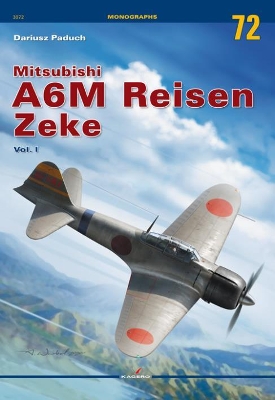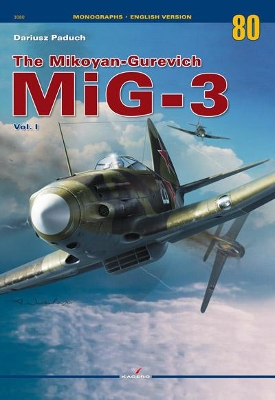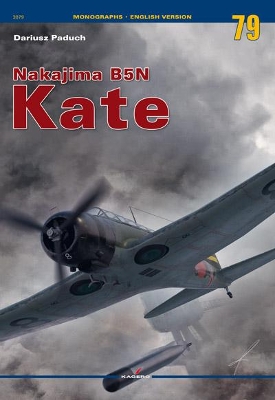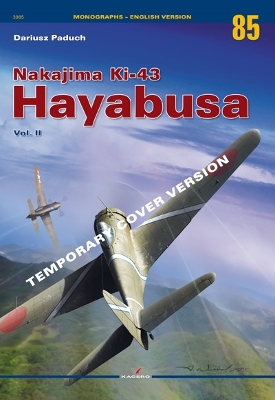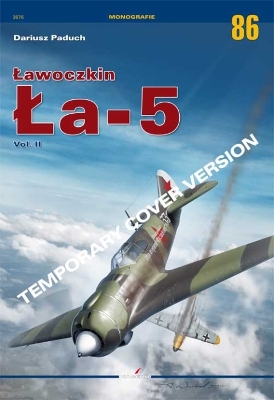Monographs
11 total works
According to the brief description of the MiG-3 from 1941, it was, in terms of its purpose, an interceptor, but, interestingly, it could also be used as… an attack aircraft, or a light, fast dive bomber.
Both the I-200 prototypes and the later MiG-1 and MiG-3 were single-seat, single-engine, mixed-design low-wing aircraft. Front part of the fuselage, together with the centre wing, up to the rear wall of the pilot’s cockpit, was made of metal. Only the tail part of the fuselage and wing consoles were wooden. Vertical stabilizer, which was an integral part of the fuselage, was made of wood, too, but horizontal stabilizer was all-metal. Rudders and ailerons had a metal construction and canvas cover. Undercarriage was made of chromansil steel.
In front part of the fuselage there was a pilot’s cabin with a seat, instrument panel and controls, front fuel tank, main offensive armament, water cooler and other componentry. Centre wing was attached to the front part of the fuselage at seven points, the rear part at four points, while the engine mount was supported by two.
